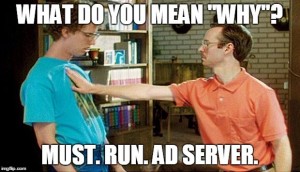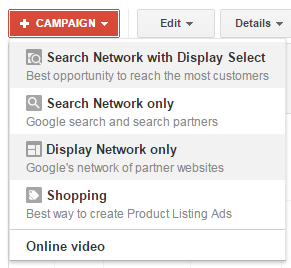By David Roberts
Leading a company is always a dynamic task—especially with changing employee expectations—but there are core lessons that always hold true. Even experienced leaders must continually assess how their behavior influences their teams. If C-suite executives want to inspire their teams, they need to frequently review their leadership style and make sure their approach still works. There are a few simple tools I use, as part of a set of principles I call the “unself-yourself” mindset. I use these tools as my tenets of servant leadership when a leader prioritizes the team and organization. It’s part of my daily operations.
I follow three key guidelines daily at Verra Mobility to keep me on track and do my best work. When faced with a challenge, I first look to my past to review my core principles, then see what advice I can borrow from my mentors. I want to make sure I’m not taking the easy route, and keep advancing my skills beyond my usual comfort zone—but not too far. Finally, I’m always looking for ways to increase clarity with my direct reports and the company overall to make sure I’m getting my message across accurately.
Look to your past to establish principles
You may know the adage, “Start with your strengths, staff to your weaknesses.” Yes, you want to choose lieutenants who can help you see around a corner. But this misses the point that the leader’s role isn’t to get a task done, it’s to help everyone else get that task done better than you could alone.
The Gene Hackman movie Hoosiers is one of my favorites, especially the line about passing the ball five times before shooting. The lesson here is to give everyone a chance to contribute because once I have the ball, my actions can prematurely influence the discussion for everyone.
To counter this, I force myself to always ask at least five questions before I start sharing ideas. Once a CEO starts talking, it makes it tough to get authentic feedback—unless your team has already expressed their point of view.
Borrow from your mentors
I’ve been blessed with many mentors in my life—from managers early in my career to my own father. I’m still seeking out new ideas from business leaders and putting them to use. One tip I learned from Walmart founder Sam Walton opened my eyes to the importance of a personal touch with employees, and that’s to send a handwritten thank-you note after a well-done project. I always try to recognize employees who solve difficult problems. After reading about Walton’s experience, I send these notes to an employee’s actual home, so their whole family can understand the importance of their work. When I visit a remote site, often employees will show me a letter they received from me years before, that still inspires them daily.
One mantra from my mentors is that I need to be “fair, firm, friendly, but not too familiar,” with my employees. Let me explain further. I always want to be fair in our dealings with customers, partners, and suppliers, recognizing their perspectives on an issue. I always want to be firm when setting team expectations. I don’t apologize for setting high expectations, and I respectfully hold people to what they’ve committed to accomplish.
As a leader, I also want to be friendly with my employees, so they know I’m approachable, but don’t get too familiar with them. The risk is that tight bonds with particular employees can cloud your judgment, and create a culture that appears to reward cliques and favorites.
Always increase clarity
When I look back on my own leadership mistakes or business missteps, I always find a common element: a lack of clarity. Clarity can take an enormous amount of work for a point leader, and you need to make sure everyone can weigh in with questions and clarifying statements and encourage employees to “play back” what they’ve heard to confirm they’re on track. If a college student doesn’t understand an assignment, that’s as much on the professor as the student. And as a leader, I need to (patiently) reframe the issue and make sure the employee understands what’s expected. Everyone should have a chance to ask questions and feel comfortable coming to you privately if they need to.
There’s a habit I’ve picked up and I use it when I need to operate outside my comfort zone. It serves as a reminder not to get too excited or emotional in a team discussion. If my frustration over an issue comes out, it doesn’t help anyone move forward. If I have a challenging meeting or discussion coming up, I’ll wear my watch on my opposite wrist as a reminder to stay focused. If I start to get impatient, a quick glance at where my watch should be helps me focus on increasing clarity and guiding my team where they need to go.
These are some of the personal habits I use every day to stay in the servant leadership zone. When it works, servant leadership feels great for bosses and employees. But it’s also about delivering results and building a winning culture. I encourage you to start building your own leadership philosophy and find the skillsets that best suit you.
David Roberts is CEO of Verra Mobility.
(18)
Report Post









